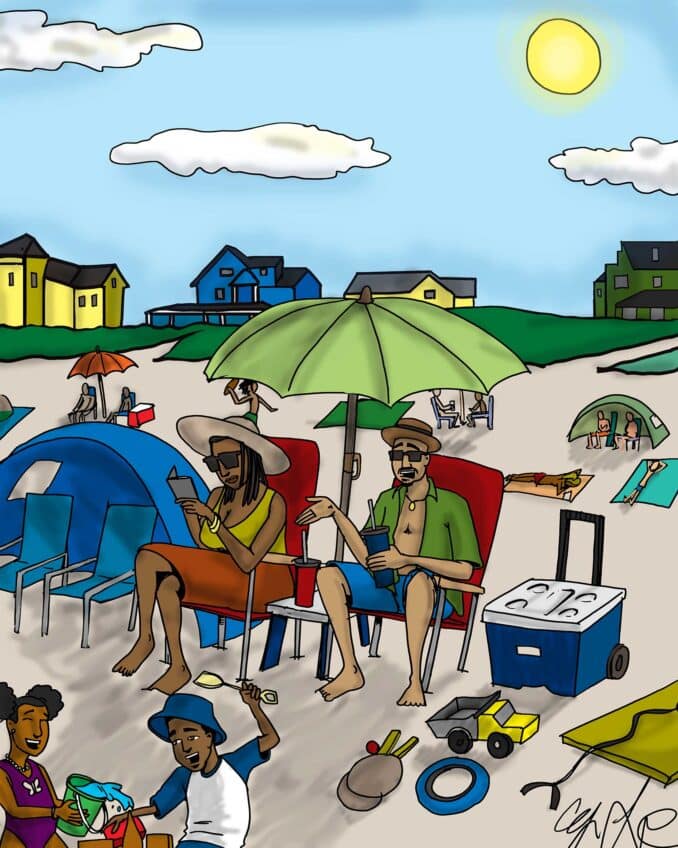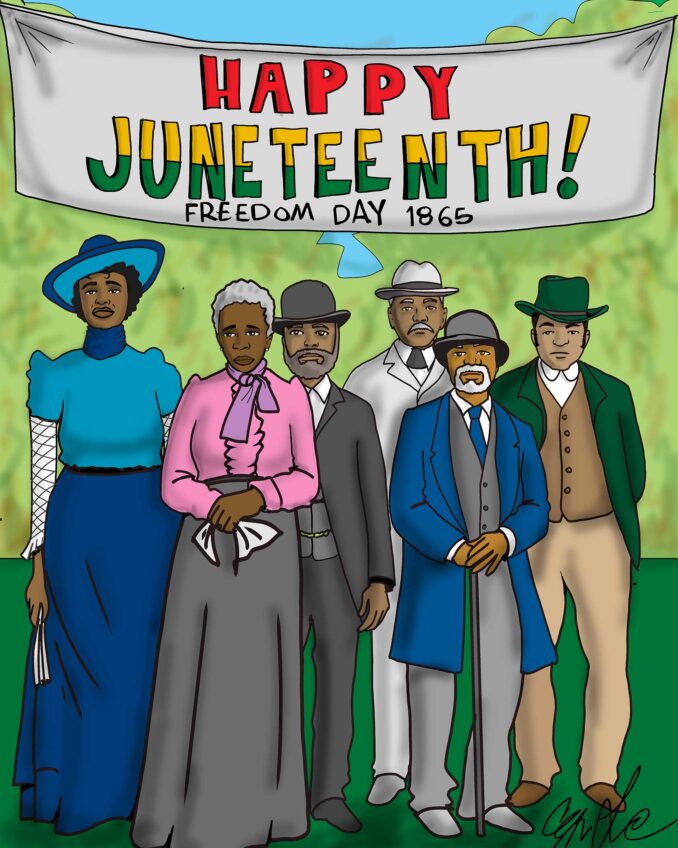In his book “Palaces for the People: How Social Infrastructure Can Help Fight Inequality, Polarization, and the Decline of Civic Life,” Eric Klinenberg emphasizes the significance of social infrastructure in binding communities together. Waterfronts in Boston form an integral part of this social infrastructure, requiring accessibility and utilization by all communities. On the heels of Mental Health Awareness month and the recent alarm being sounded by the surgeon general around our nation’s epidemic of loneliness and isolation, it is essential we prioritize equitable access to waterfronts. By doing so we can combat the disproportionate impact communities of color have experienced during the pandemic, ensuring their well-being is not further compromised. Much like how social infrastructure offered a protective effect during the deadly Chicago heat wave of 1995, saving lives, our attention to providing equal access to waterfronts can have a similar life-saving impact on the communities we serve.
In addition to the vital role of waterfronts as protective factors for mental health, access to these areas, often referred to as “blue spaces,” has proven effective in reducing chronic diseases in urban areas. A study conducted between 2000 and 2018 demonstrated that urban blue spaces correlated with a decreased risk of cardiovascular disease, hypertension, diabetes and stroke. By prioritizing equity and inclusivity in our approach to enhancing accessibility to Boston’s waterfronts, we have the potential to allow everyone to reap the health benefits associated with this integral part of our city’s heritage. This is particularly crucial when addressing the staggering 23-year difference in life expectancy between Boston’s Back Bay neighborhood (92 years) and Roxbury, located just 2 miles away (69 years). Though complex, improving access to waterfronts for all Boston residents is undeniably a step in the right direction.
And to do that work, we need to overcome some of the existing barriers to accessing those spaces. Many of Boston’s public waterfront spaces are perceived as inaccessible, unwelcoming and financially burdensome, resulting in underutilization by those who could potentially benefit the most from their protective effects. A 2021 poll conducted by the Coalition for a Resilient and Inclusive Waterfront among Boston voters revealed that only 38% believed the city’s racial diversity was adequately represented in waterfront activities. Similarly, the same poll conducted by the coalition indicated that only 55% of Boston voters considered waterfront activities and dining affordable.
Moreover, our public transit system fails to effectively connect several communities to the waterfront, and the limited availability and high cost of parking render driving there impractical.
It is imperative that we foster a more welcoming and accessible environment for all of Boston’s neighborhoods along the waterfront. We are encouraged by recent initiatives undertaken by the Coalition for a Resilient and Inclusive Waterfront, its partner organizations and upcoming events such as the Waterfront Wellness Week in June. These endeavors aim to develop new waterfront programming that specifically targets diverse communities, encouraging their active engagement with and enjoyment of the waterfront. We also applaud cultural institutions along the waterfront — including the Boston Children’s Museum, the Institute of Contemporary Art (ICA) and the Lawn on D — for hosting and promoting events that seek to engage individuals from different neighborhoods.
We aspire for these efforts to not only continue but expand. With intentional collaboration among Boston’s exceptional network of advocacy organizations, waterfront institutions, and local leaders, we can create spaces that cater to all neighborhoods, ensuring they feel welcome and can benefit from the myriad offerings of our waterfront. By achieving equitable access to this vital component of Boston’s legacy and social infrastructure, we take significant strides toward restoring hope and improving both physical and mental health outcomes within our communities.
Dr. Charles Anderson, is President and CEO of The Dimock Center. Thaddeus Miles, is founder of HoodFit and the BlackJoy Initiative.






